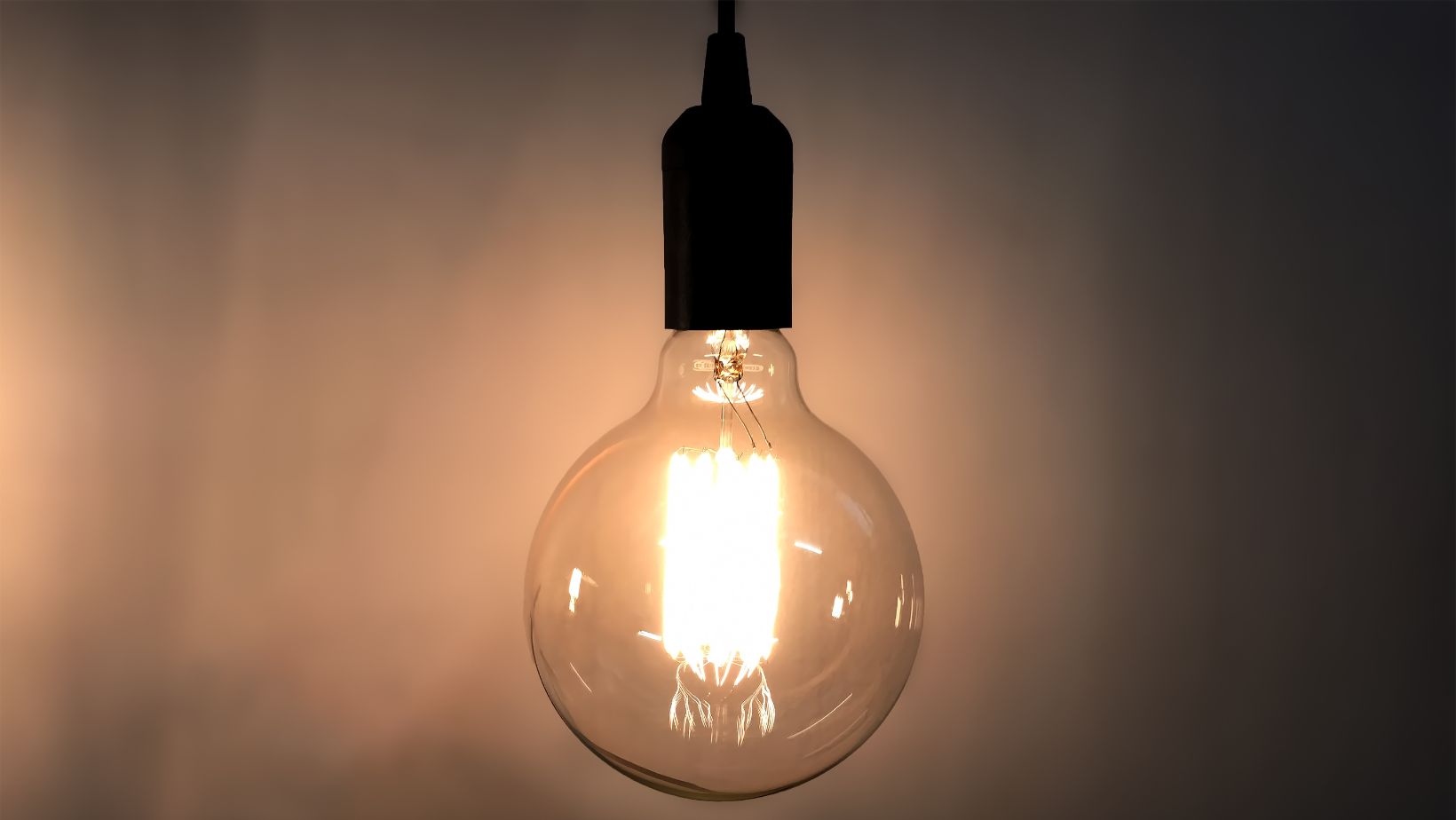Choosing the right lighting for your home may be a more important decision than you think. Not only can lighting establish the general vibe of an environment, but studies have shown that lighting can have an impact on our emotions, moods, and wellbeing.
It’s important to understand the effects that your lighting choices can have on you so that you create spaces that make the most sense for your needs.
Cool vs Warm Lighting
Arguably one of the most important lighting decisions for your home may be the color temperature of your lights. You may choose to stick to the same hue all throughout the house or diversify your lighting by room. For many of you, this may be an easy decision based on personal preference. But for those of you who’d prefer to make a more informed decision, consider the following.
Warm
Warm lighting, which ranges between 2700 and 3500 Kelvin on the color temperature of light scale, has more yellow-y and orange undertones. It’s typically associated with feelings of comfort and intimacy and is best if your goal is to create a cozy and relaxing environment. This type of lighting can affect your mood and behavior in a few ways.
Additionally, warm lighting is known to promote relaxation and is said to help reduce stress levels. Its inviting and comfortable nature allows you to unwind and create a sense of ease. Warm lighting can also promote a more social atmosphere. It’s thought to create a more engaging environment that encourages conversation. This temperature of lighting is ultimately best for improving positivity and creating soothing feelings.
Cool
Cool lighting ranges from 4000 to 5500 Kelvin on the scale of color temperature of light. In contrast to warm lighting which promotes comfort and relaxation, cool lights promote energy, productivity, and focus. This type of lighting is best for people more concerned with creating an environment that’s fit for working and staying alert.
Cool lights can boost energy levels and are thought to mimic natural daylight. The effect that this type of lighting can have on you includes reducing tiredness, improving concentration, and promoting clarity. Cool lighting has white and blue undertones that are thought to enhance cognitive performance. On the flip side, this type of lighting cam also lead to emotional detachment.
Brightness
Once you’ve chosen the temperature of light that’s best for your rooms, you should also consider the brightness level that is ideal. Brighter lights may intensify their respective effects on emotions, while low lights may keep an atmosphere steadier.
Implementing a light dimming switch can offer the flexibility to adapt your lighting to your needs throughout the day.
Natural Light and Layering
Integrating a variety of different lights throughout your home is often ideal for getting the most out of all of your spaces. This means that you may want to layer your house with both warm and cool lighting, as well as natural lighting.
Warm lighting may be most fitting for rooms like the bedroom, living room, and kitchen whereas cool lighting could be best for spaces like a home-office, or garage.
Natural window lighting should also be used in conjunction with your lighting fixtures. Natural lighting can have positive affects on mood and emotion.








